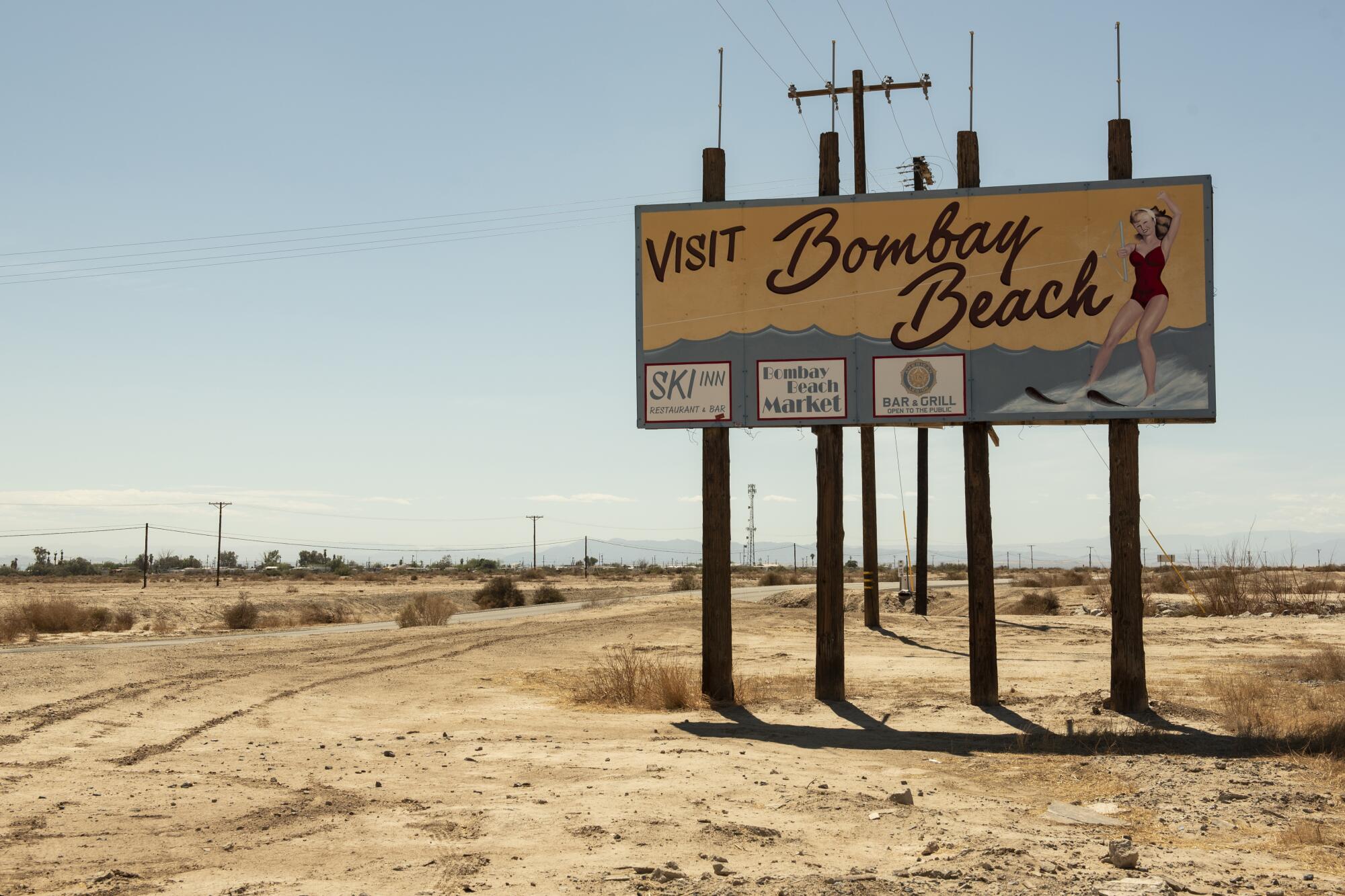
It was the last day of summer as I barreled down California State Route 111 on my way to the Salton Sea. The region had weathered a dry and torrid summer, with one notable exception: a visit from Hurricane Kay. It made landfall as a tropical storm in Baja California, moved north and brought heavy rainfall, triggering flash floods throughout Southern California. The storm damaged roads and uprooted trees. However, by the time I visited two weeks later, there were few, if any, signs of this disaster. The desert is a place that recovers quickly, but the same cannot be said of the Salton Sea.
“The Sea,” as many locals call it, has been filled and depleted of water for thousands of years. In 1905, after a particularly wet spring, it overflowed the banks of the Colorado River. In the 1950s and ‘60s, resorts emerged and attracted flocks of vacationing families and celebrities. At the center of this tourism boom sat Bombay Beach, a community on the east shore, now a shadow of its former self. But locals and tourists still gather at the neighborhood watering hole, the Ski Inn.
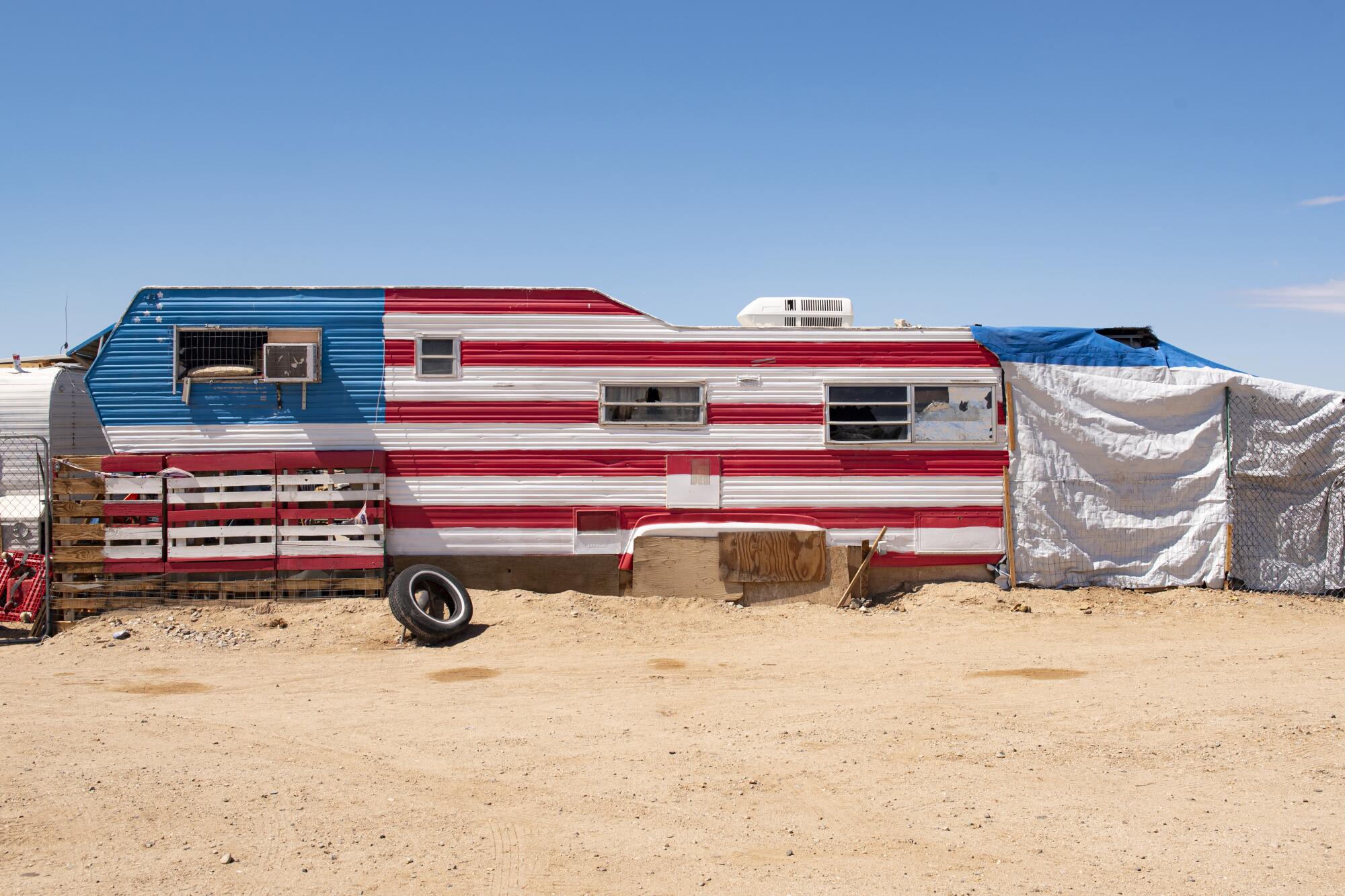
When I arrived at the Ski Inn, Sonia Herbert, a genial woman, greeted me warmly from the bar. A member of this community since 1974, she bought the place in 2018.
Until the 1970s, crowds came on weekends and holidays for boating, fishing and swimming. Others came to enjoy the desert. The sea was also an important stopover for migratory bird species. “We used to have thousands of white pelicans come every year,” Herbert said. “When they started to appear, we knew that summer was over.”
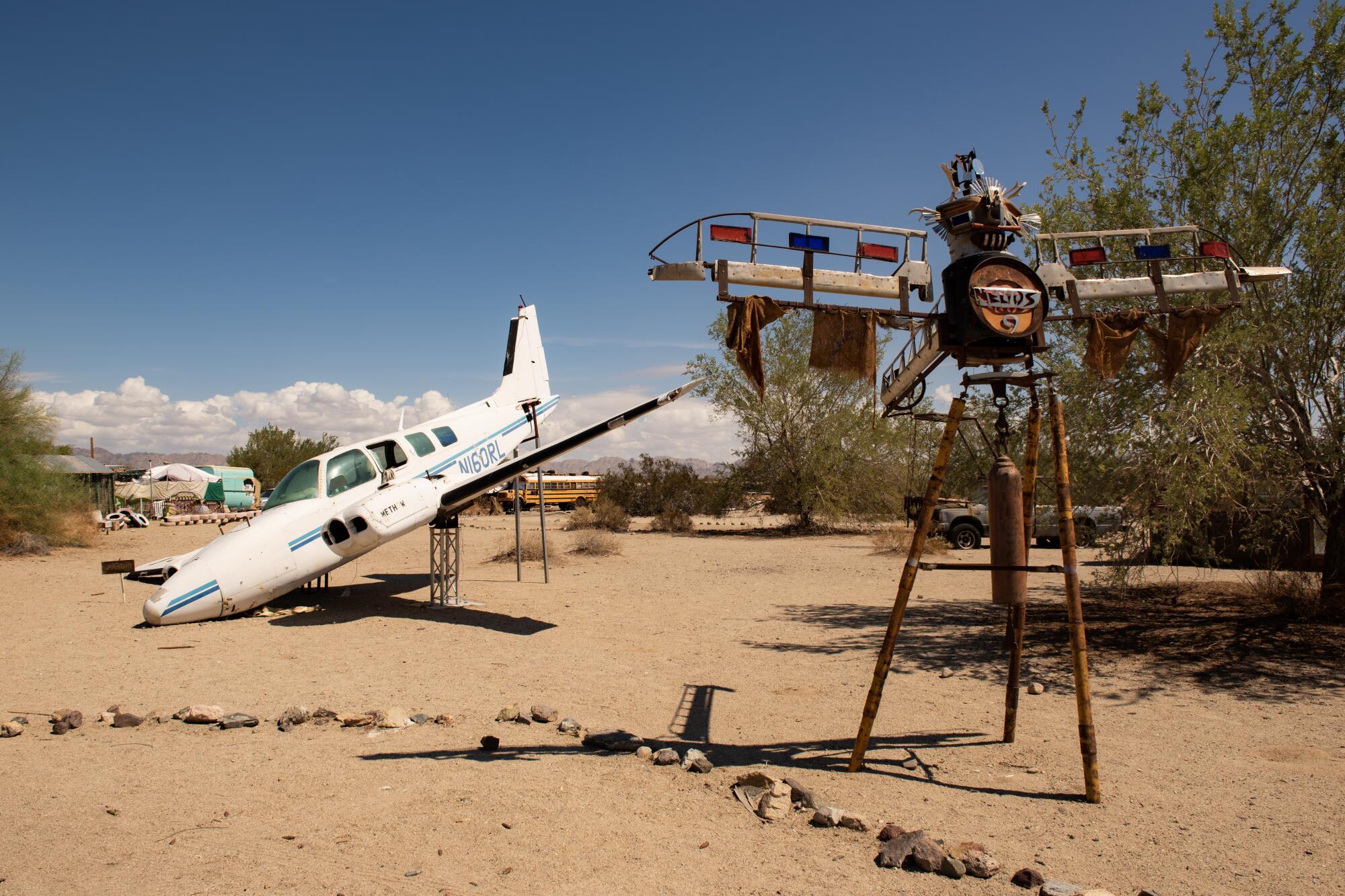
But shortly after Herbert arrived, the sea’s fortunes reversed, as did the fortunes of those who relied on it. At times, hurricanes, tropical storms and agricultural runoff flooded the basin, submerging beachfront communities. But, more recently, evaporating water created high concentrations of toxic particulates, rendering the sea unsafe for swimming, and killing off many of the fish and migratory birds. This gradual collapse continued through the last decade. Yet, the sea has experienced a revival of sorts, driven in part by growing artist communities.
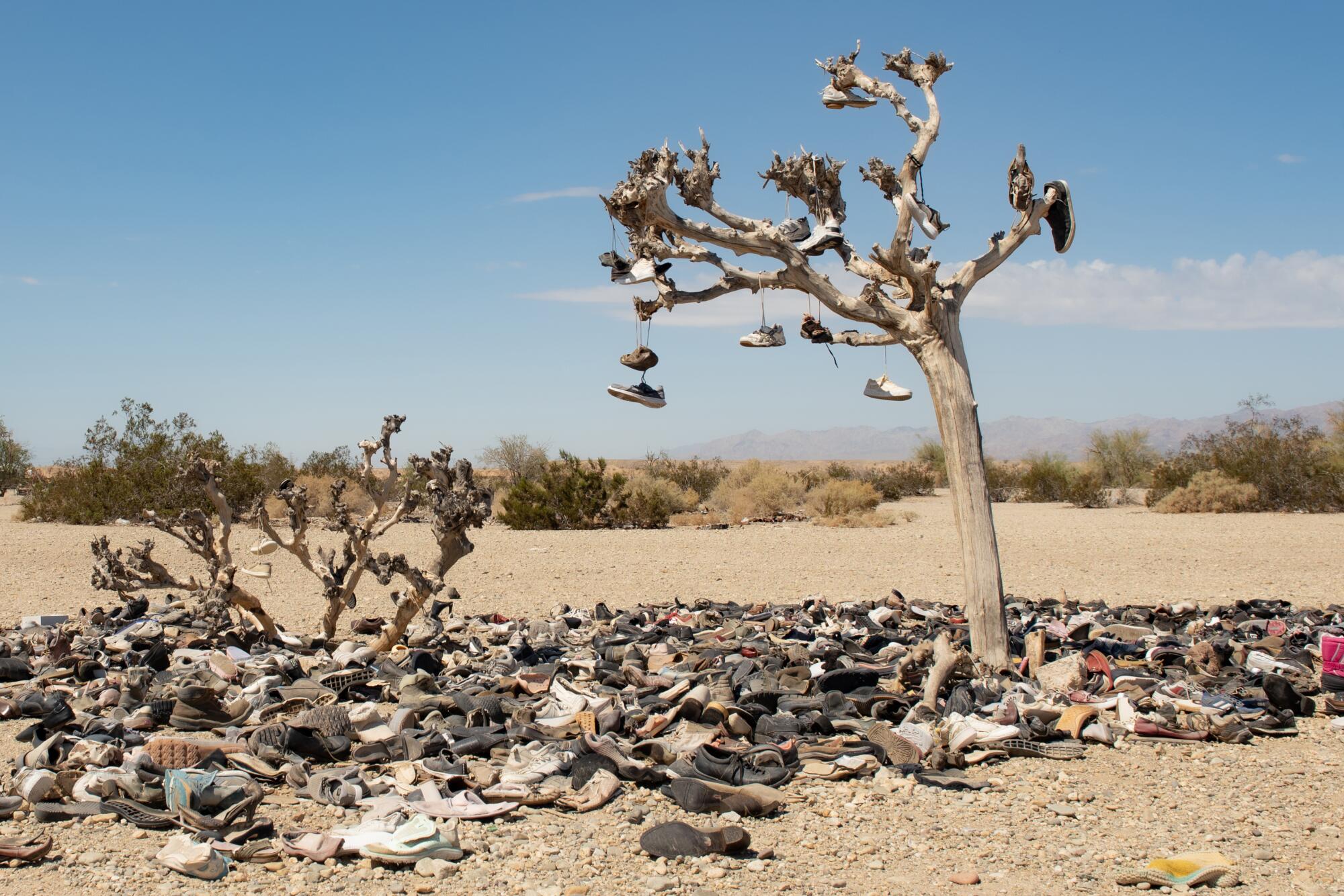
The region has hosted bohemian types for decades. Drive 22 miles southeast of Bombay Beach, and you’ll find Slab City, formerly a U.S. Marine Corps training facility during World War II. After it was decommissioned and the buildings demolished in 1956, the remaining concrete slabs inspired its current name. It was first resettled by a small community of nonconformists. As this community grew, so did the diversity of its residents. The artists, in particular, have reshaped the landscape, most notably through their art installations.
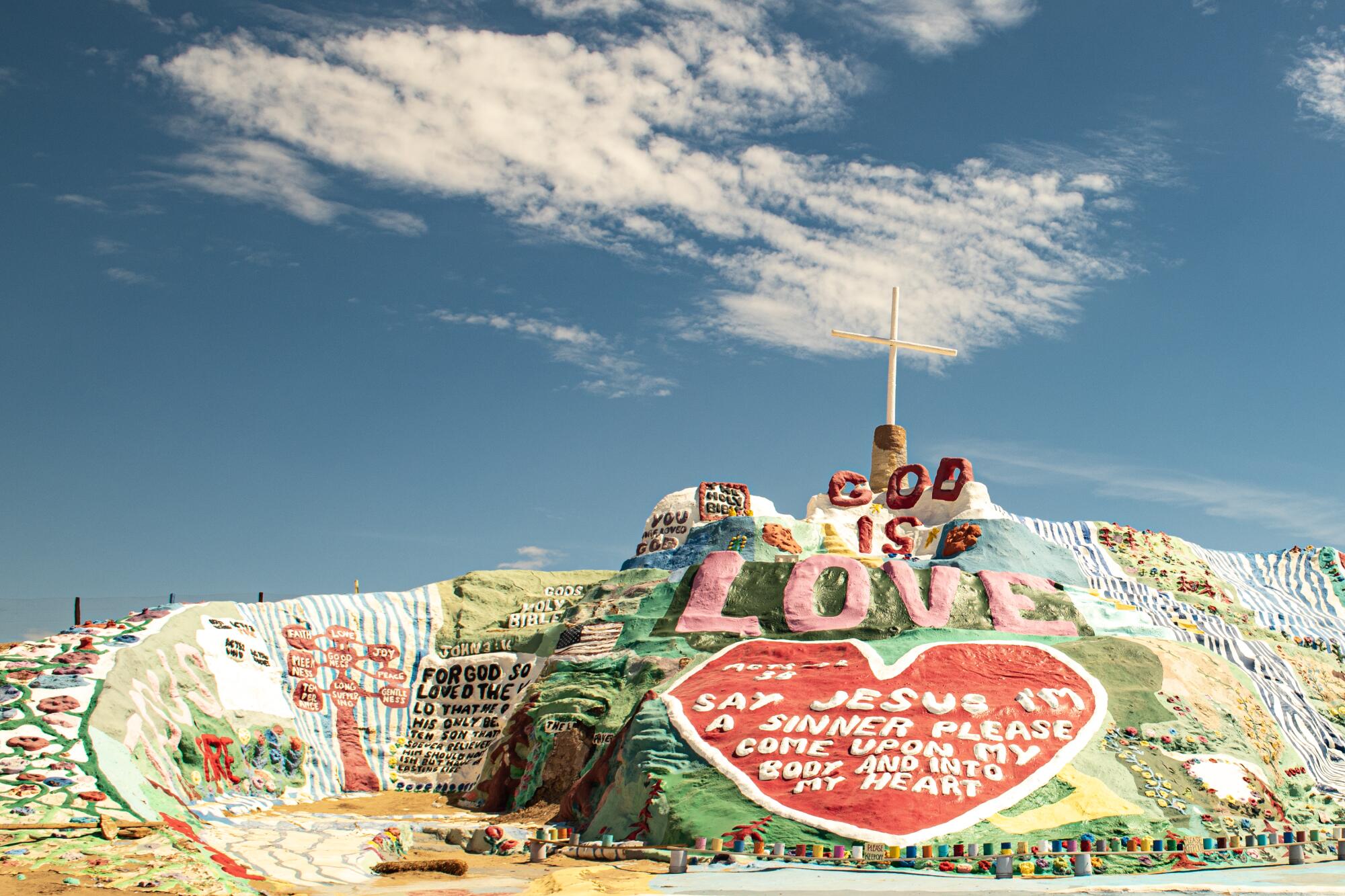
The most well-known of these installations is Leonard Knight’s Salvation Mountain, a five-story-tall adobe-covered mound painted with messages of God’s love. This project was 28 years in the making, during which it attracted tens of thousands of visitors. In 2002, Salvation Mountain was entered into the Congressional Record as a national treasure. Knight passed away in 2014, and a nonprofit, Salvation Mountain Inc., took on the task of preserving the mountain and his work.
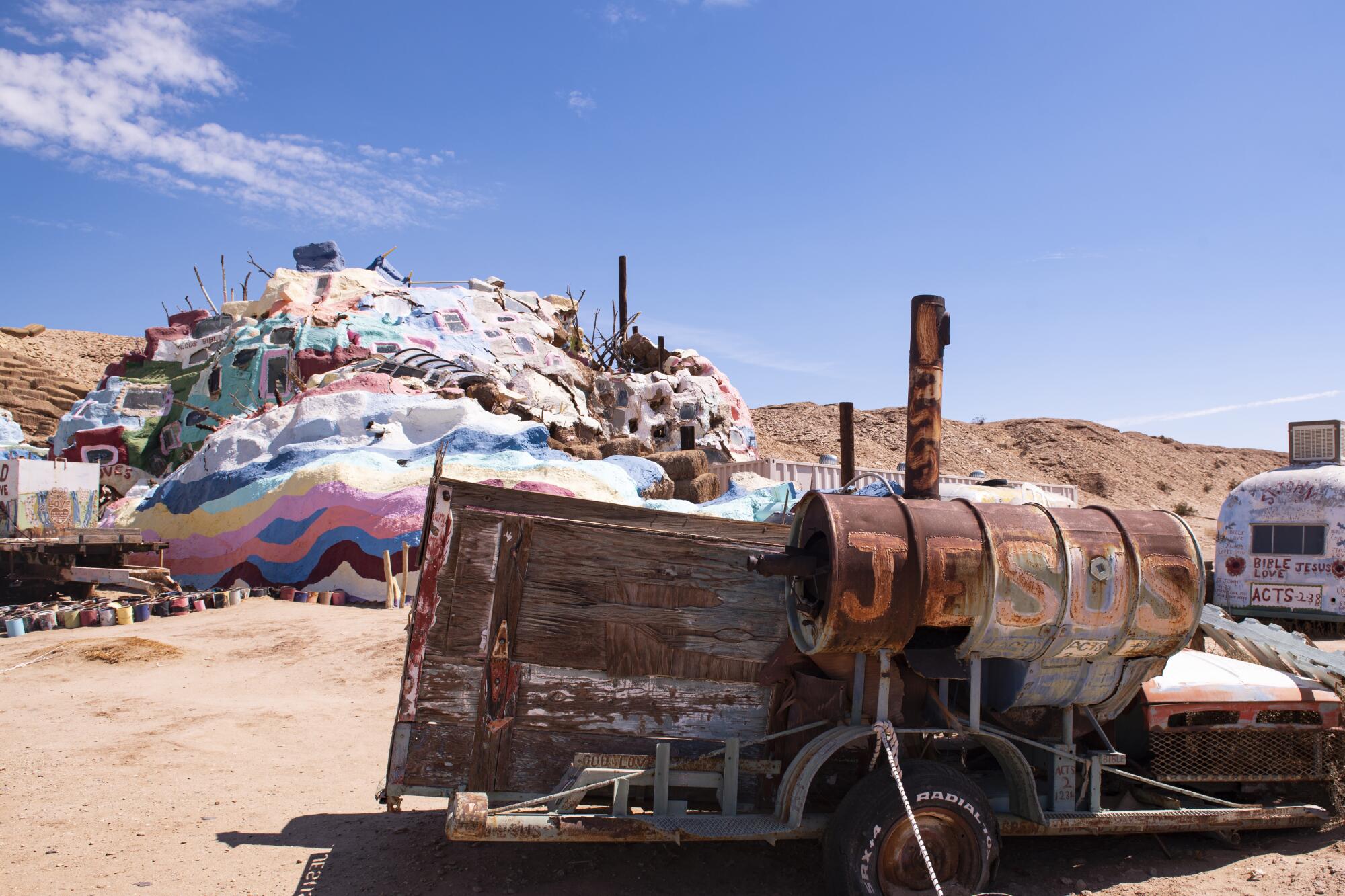
One Salvation Mountain caretaker is Ron, a Detroit native. Initially, he volunteered and was assigned basic tasks. When he demonstrated a high level of proficiency working with clay and paint, honed by his many years in construction, the nonprofit’s directors took notice and directed him to more challenging assignments. That was years ago, and Ron has since devoted his time to maintaining this monument. He says he enjoys it here, spreading the message of love through art in an unforgiving landscape.
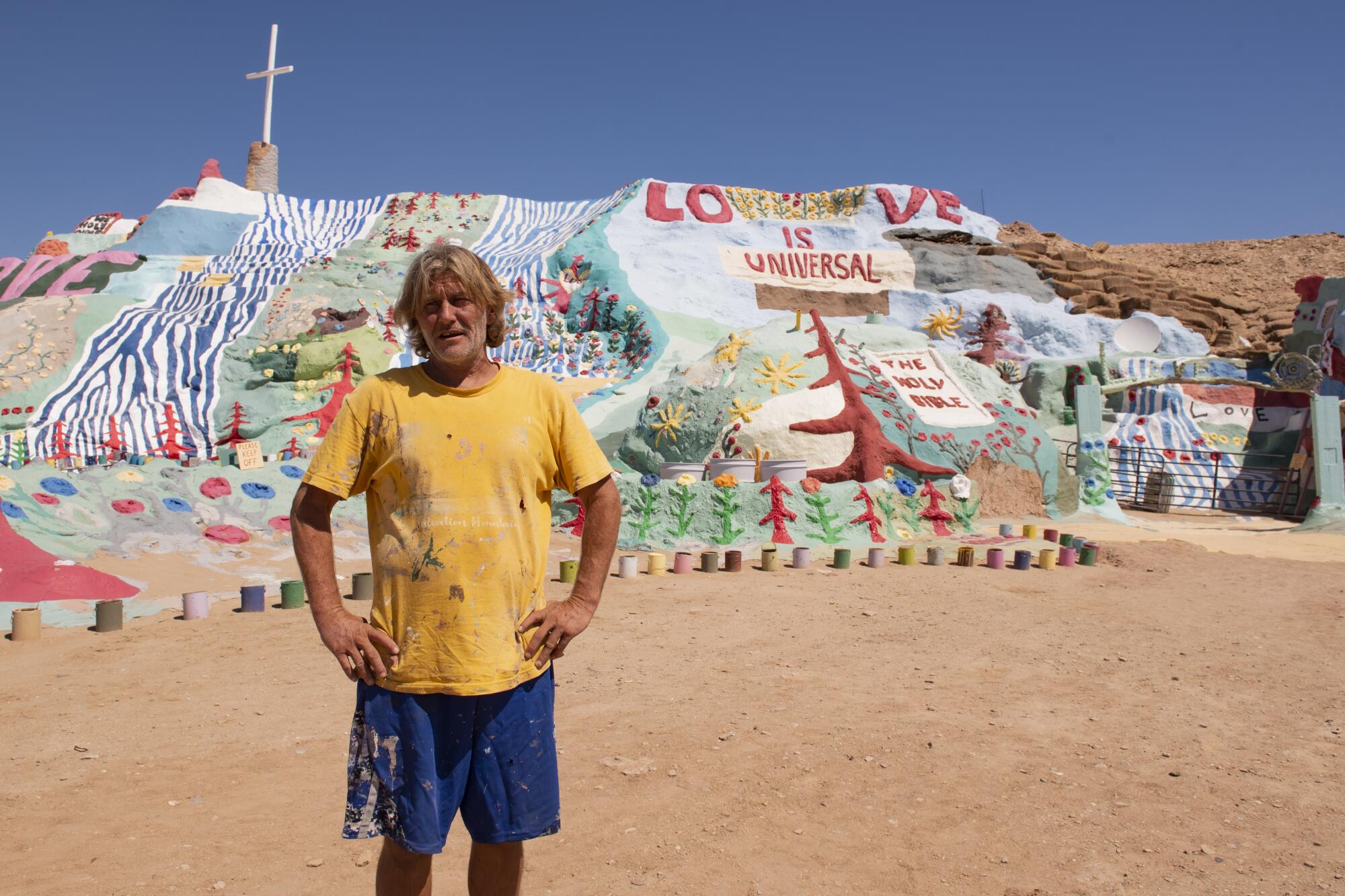
Down the street from Salvation Mountain is East Jesus, the brainchild of Charlie Russell. In 2007, Russell quit his job, moved to Slab City and carved out this space for himself and other artists. Art Garden lies at the heart of East Jesus, originally displaying art that Russell brought with him or that he created. It has since expanded to include contributions from artists in the community, such as “The Television Will Not Be Revolutionized.” This installation by Flip Cassidy is a commentary on mass media’s impact, both sacred and profane, on human lives.
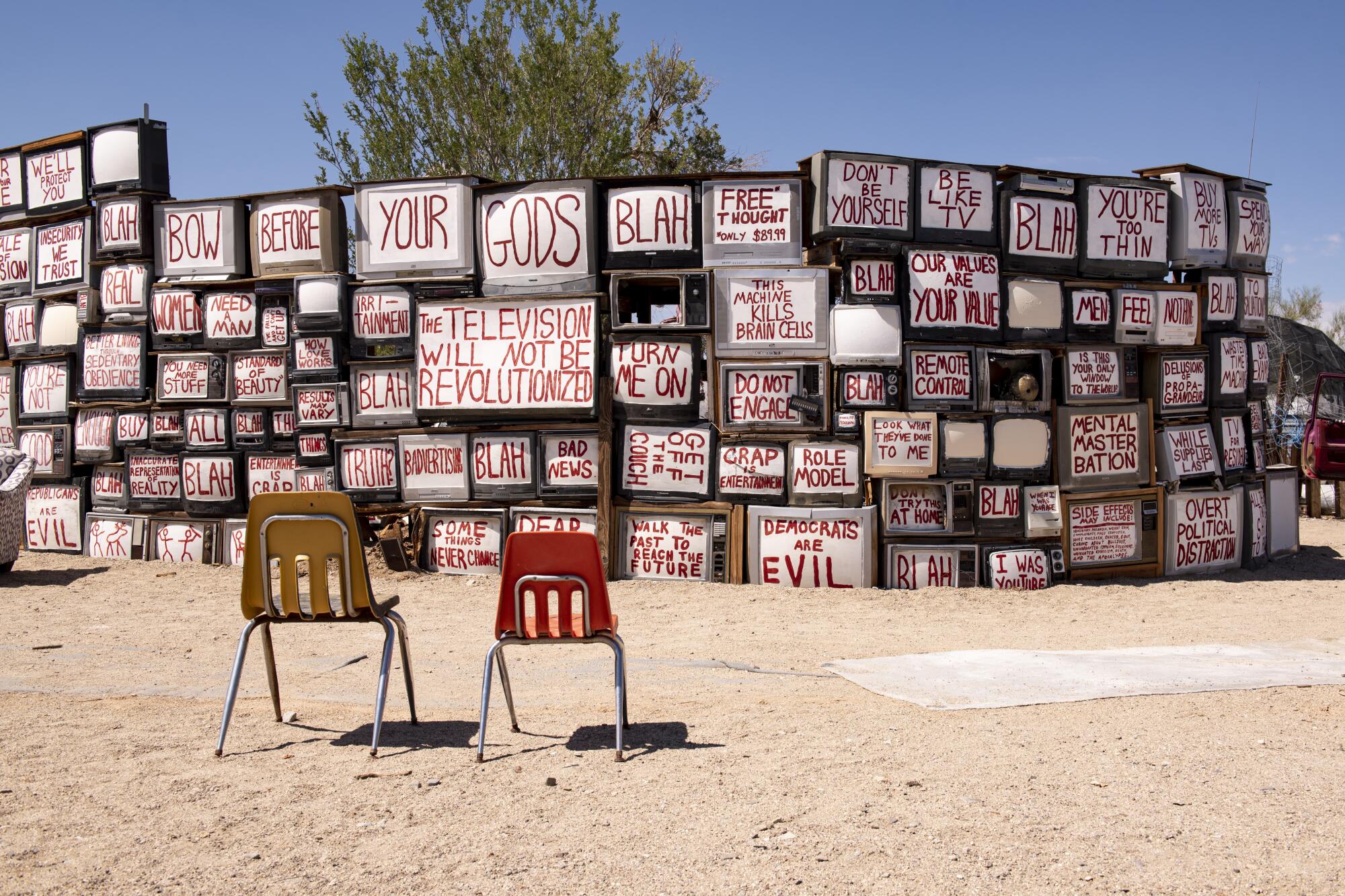
After Russell died in 2011, the Chasterus Foundation, a nonprofit organization, was formed to carry on his mission of providing “refuge for artists, musicians, survivalists, writers, scientists, laymen and other wandering geniuses.”
Other artist enclaves, still very new, have formed elsewhere around the Salton Sea. Some have established local art events, including the annual Bombay Beach Biennale. Exhibits such as the “Bombay Beach Drive-In,” created by Stefan Ashkenazy and Sean Dale Taylor for the 2018 Biennale, have become permanent installations.
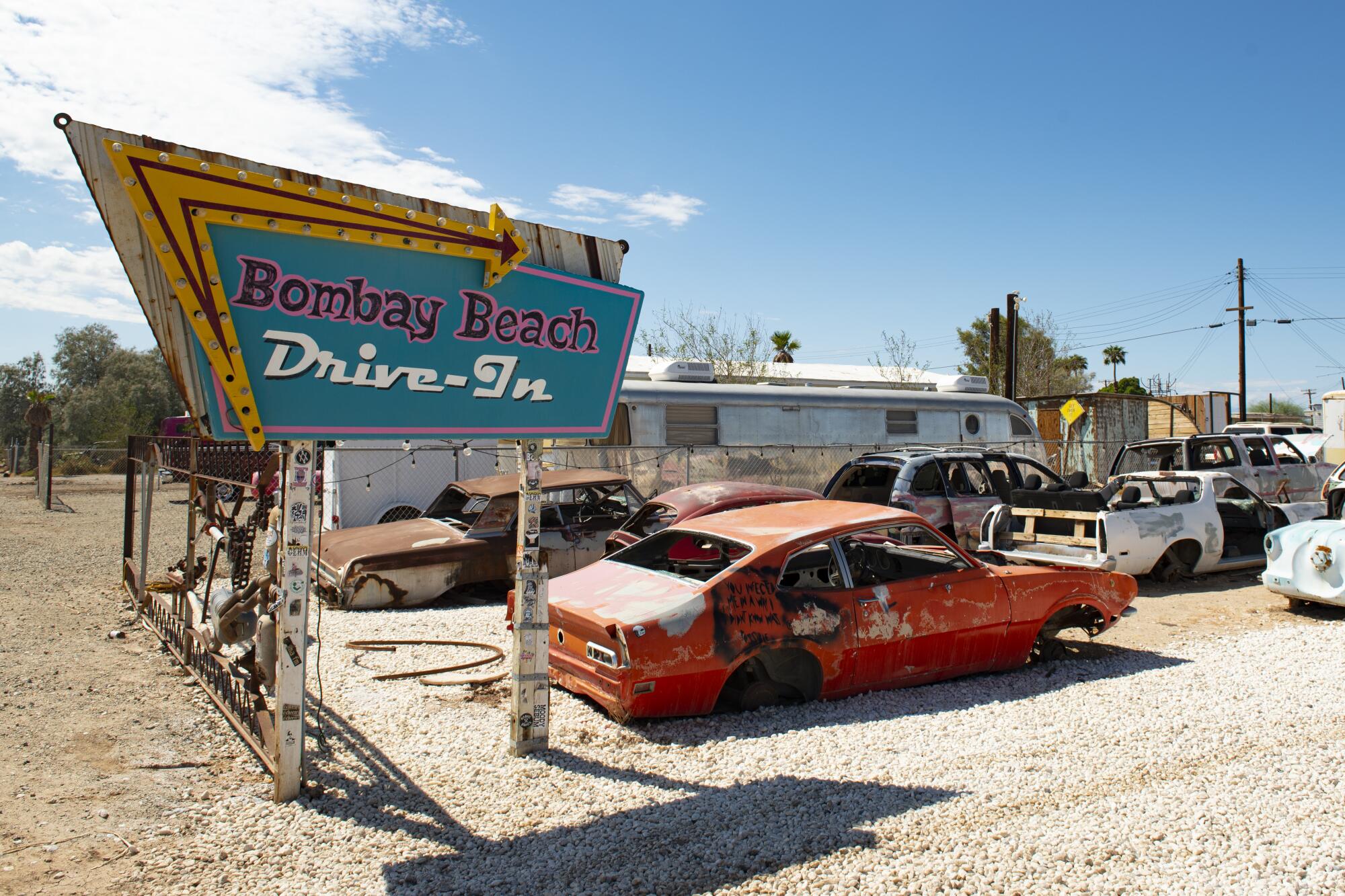
Herbert says what she most appreciates about the sea is “the serenity, the openness. There’s such a crush of people, traffic and noise in the city. Here, you can decompress.” For artists, this place offers a space for love, art and introspection.
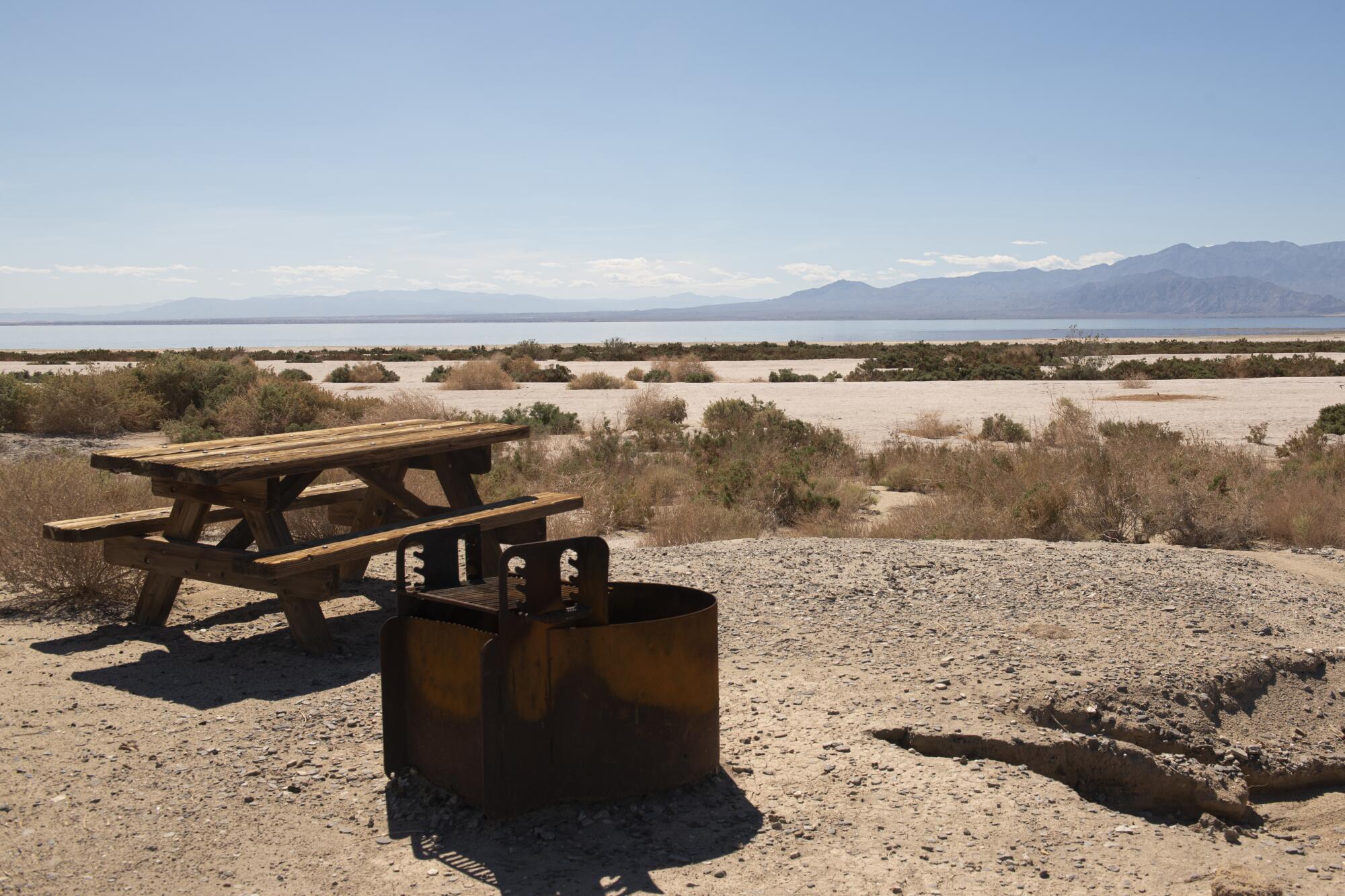
Simon J. Lau, a writer and photographer, is the creator of Formerly Print, a publication focused on sharing portraits of people and their stories.
More to Read
A cure for the common opinion
Get thought-provoking perspectives with our weekly newsletter.
You may occasionally receive promotional content from the Los Angeles Times.










